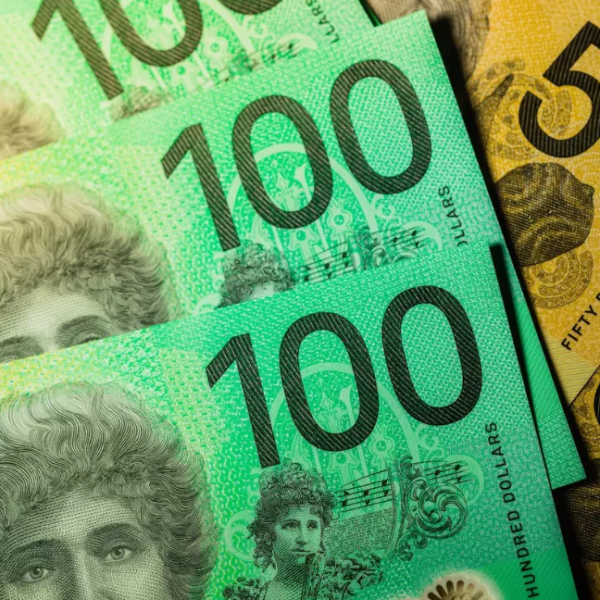The Australian Dollar seems unmoved by the recently released Chinese factory activity data showing that it contracted for a second month in August. The National Bureau of Statistic’s purchasing managers’ index (PMI) print crossed the wires at 49.4, beating the 49.2 Bloomberg consensus forecast and getting favorable market sentiments.
China’s manufacturing sector last expanded in June, but just barely at 50.2 – a historically weak expansion for the world’s largest exporter. China’s manufacturing PMI contracted in August, dimming economic rebound hopes.
The Chinese Yuan has significantly dwindled this year, mostly due to the Zero covid policy, affecting other currencies as they are China is a major export country. However, the currency has issues regarding capital flows. The more pressing economic issue is a domestic one.
Covid flare-ups have forced local governments to enact virus-limiting measures to curb the spread. These typically impact factory activity and domestic demand and complicate supply chains. The country is also facing energy-related issues from extreme weather.
The central government and the People’s Bank of China (PBOC) have designed supportive measures and are looking to increase credit growth and limit the effects of the country’s property crisis.
AUD-sensitive Iron ore prices in China are trading lower as the USD is strong.

